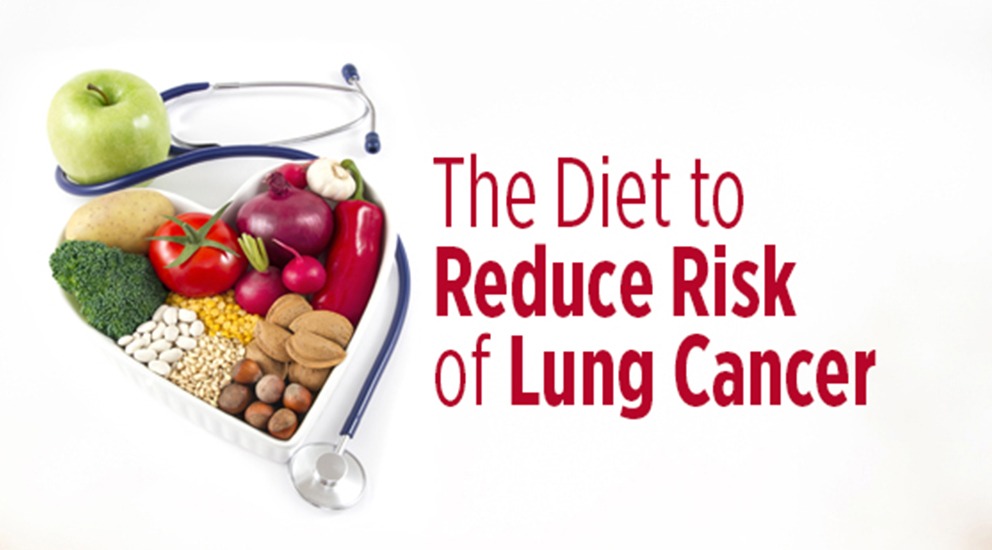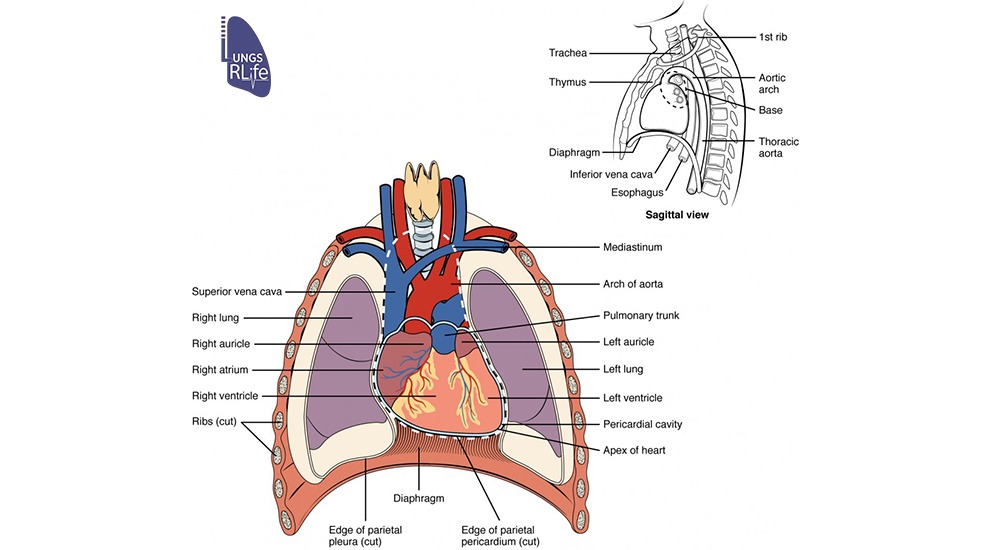
Diet In Lung Cancer
Among the last mentioned, nutritional variables are of basic importance, including diet, liquor use, body weight, and actual movement. Because it is the most recognized malignancy globally in both people, preventive measures must be strongly emphasized. The main risk factor for cell degradation in pulmonary etiology is smoking, so prevention of smoking initiation and smoking cessation techniques are important. In addition, there are ten healthy elements to attend to, as in the fight against the site of some other disease: mixed drinks, overweight and weight, live action, red and manipulated meat, salt and salty foods, food grown in the ground , dietary filaments, dairy products, beta-carotene and lactation supplements. People should be more aware of their well-being, as thin as possible within the typical range of body weight, really dynamic day to day, limit the use of high-energy foods, red meat, especially manipulated meat, salt and eat root vegetable foods. Avoiding sweet drinks and restricting liquor intake is strongly prudent. Survivors of malignancy should follow the proposals to counter the disease. As has been effectively demonstrated, about 33% of cases of cell breakdown in the lungs can be prevented by a solid, adjusted and extended diet, maintaining a normal weight and testing the usual real action.
THE DANGEROUS DIET AND LIFESTYLE ROUTINE
Lifestyle is a term that is used to describe unique practices, for example, smoking tobacco, consumption of liquor, a terrible eating routine and a real lethargy; suggests a singular willingness to implement certain improvements [7]. As evaluated by Doll and Peto in 1981, cited by White et al [7], 25-40% of cellular degradation in the lungs related to passages could be attributed to tobacco consumption (with a mean of 30%), 10-70% could be attributed to a poor eating routine (with an average of 35%), 4% to occupancy and 2% to pollution. These days, the 35% danger indicator attributed to a terrible eating routine was replaced by a combination of a horrible or robust eating routine (30%) and a stationary way of life (5%) [7]. The predictable work of scientists around the world has focused on recognizable hazard factors in cell breakdown in the lungs and the likelihood of affecting some of them. Hereditary elements, smoking, diet and liquor, constant pneumonic irritation, ionizing radiation, the introduction of words, natural pollution (mainly due to tobacco smoke, radon and asbestos) and other danger factors ( hormones, low weight) have been extensively examined [3,5]. Furthermore, the second panel of expert reports from the World Cancer Research Fund / American Institute for Cancer Research found that arsenic in drinking water and β-carotene supplements have increased the danger of cell breakdown in the lungs; however, carotenoid-containing soil burned products are likely to have defensive results [1].
Smoking is the most preventable hazard factor and is the main risk factor for all major histological types of cell degradation in the lungs [3]. Given that smoking accounts for 80% of the general cellular degradation in lung problems in men and, in any case, half the weight in women, the fight against the start of smoking and the fruitful procedures to end smoking in current smokers it will be the main viable measure in essential terms. avoidance of cell degradation in the lungs [1,5]. Not smoking is the main technique to prevent cell breakdown in the lungs [8].
Approximately 25% of diseases worldwide are due to excess weight and an inactive lifestyle [9]. Actual action is characterized as any substantial development produced by skeletal muscle compression that drives expanded energy use over resting energy consumption; it is generally isolated into four types, related to speech, transportation, recreational, and family unit [10]. Moderate normal actual action is associated with a much lower risk of malignant growth mortality, possibly through improved insulin involvement and invulnerable capacity, and decreased sex hormones, metabolic hormones (eg, level of adipocin), oxidative pressure and fundamental irritation [9-11]; a 30-minute moderate real action is suggested every day, expanding to an hour as well-being improves [1].
Epidemiological confirmations suggest expanded cellular degradation in pulmonary risk related to liquor use, particularly lager and alcohol, as a consequence of smoking control [12]. Despite ethanol, mixed soft drinks contain cellular reinforcements, eg, sulfites, flavonoids, and resveratrol, as well as synthetics with carcinogenic potential such as nitrosamines, asbestos filaments, and fragrant polycyclic hydrocarbons [12]. Mixed drinks intercede in carcinogenesis through different systems: favorable to the carcinogenic impacts of acetaldehyde, redox changes, disposition of free revolutionaries, liver damage, increased levels of sex hormones, lack of folate and cooperation with smoking [10 ]. Evidently, wine can be a defender up to a specific level where its potential cellular reinforcing impacts are outweighed by the unfavorable impacts of elevated levels of ethanol introduction [12]. As a result of the high-calorie substance in mixed drinks, weight eaters in general will displace different components of an eating routine, have a higher fat intake, and eat fewer local produce. The connection between liquor and cell breakdown in the lungs has been considered to be more ingrained or even restricted to people who eat fewer vegetables, An nutrients, and carotenoids [12].
Leave a Reply
Your email address will not be published. Required fields are marked *






